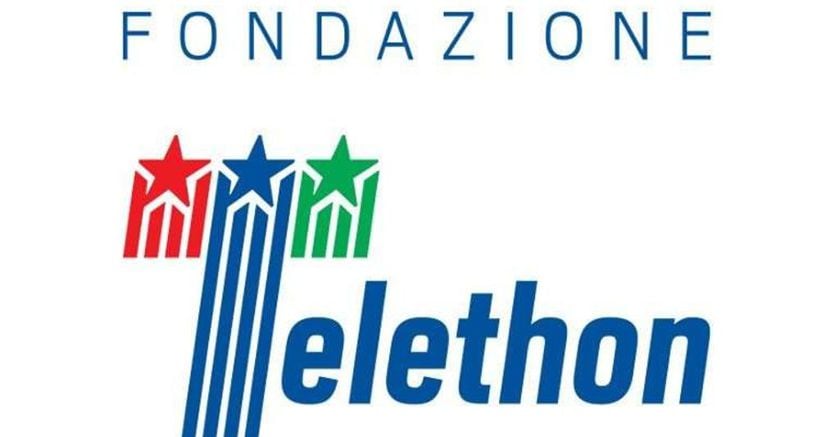Meanwhile, the EMA has selected Telethon and the development program of this therapy for its pilot acceleration project, which supports academic institutions and non-profit organizations in the development of advanced therapies. The Foundation will be supported through a rigorous process of regulatory consultancy and pre-authorisation checks in the application for marketing in Europe. To date, a total of 28 patients with Was have been treated in Milan, more than half of those treated worldwide during other trials with lentiviral vectors.
Francesca Pasinelli, managing director of the Telethon Foundation, comments as follows: «There is no better occasion than World Rare Diseases Day to announce our commitment to making gene therapy available as a treatment for Wiskott-Aldrich syndrome, a rare genetic disease of the immune system. After the decision made for gene therapy for Ada-Scid, we want to guarantee the availability of another treatment that would otherwise risk missing market access. Having been selected by the EMA for its European program for the development of advanced therapies is a recognition of our ability to bring this therapy to approval in Europe, thanks to our vision and the skills we have at our disposal.”
Wiskott-Aldrich syndrome (Was) manifests itself from early childhood with recurrent and relapsing infections, bleeding, eczema, increased risk of developing autoimmune diseases and lymphomas. The syndrome is transmitted in a manner linked to the A healthy female carrier has a 50% chance of transmitting the disease to each male child. The care of affected children consists of treating and preventing infections through regular infusion of immunoglobulins. The only potentially definitive treatment is hematopoietic stem cell transplantation, which however is only feasible in the presence of a compatible donor and is not free from potential complications, especially if performed after 5 years of age.
«In cases where it is not possible to perform a transplant, gene therapy is proving to be a valid alternative, with excellent results in terms of both survival and efficacy. It is based on a single administration of hematopoietic stem cells taken from the patient and placed in contact with a viral vector containing a healthy version of the gene associated with the syndrome – recalls Telethon – Once corrected, the stem cells are reinfused into the patient, who is ” prepared” to receive them thanks to chemotherapy that allows space to be made in his marrow. However, the chemotherapy treatment is less intense – and therefore potentially less toxic – than that used in the case of a donor transplant.”
«The results on the first patients treated indicate that gene therapy is able to restore correct functionality of the immune system, with a clear decrease in infections, an increase in platelets and an improvement in typical manifestations such as eczema, petechiae and bleeding; they can suspend prophylaxis and the intake of immunoglobulins, get vaccines, but above all live in the community (attend school, play sports, work). At the moment, gene therapy is accessible in Italy thanks to the Aifa decision of 2 August 2023, which pursuant to law 648 indicates it for the treatment of patients with Was aged 6 months and older without a compatible donor”, concludes Telethon.
